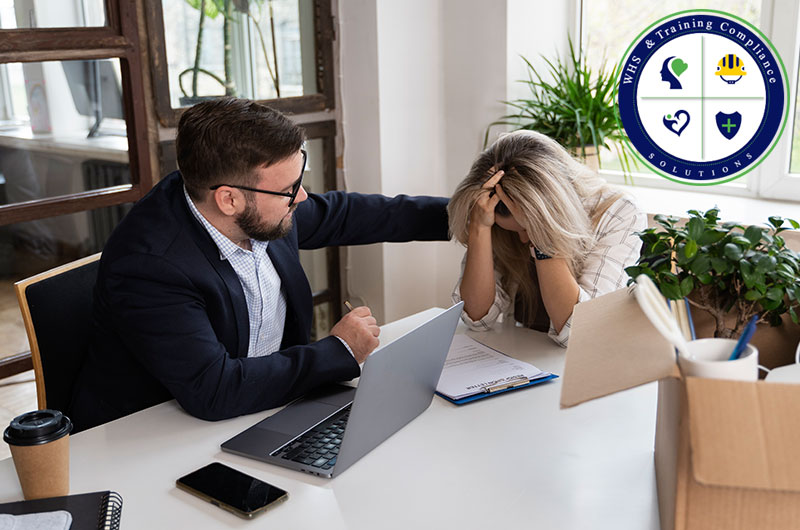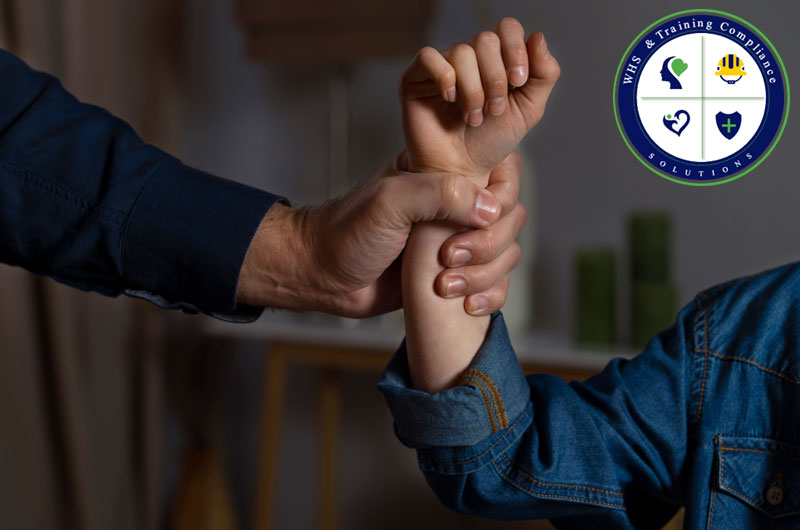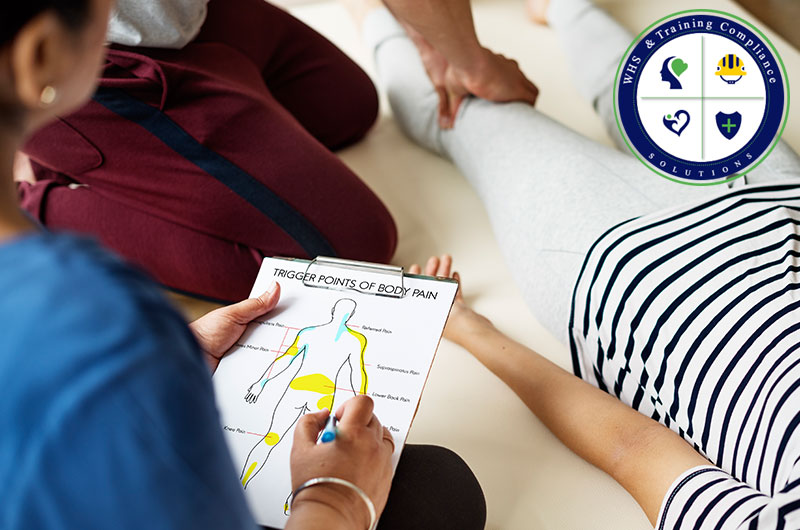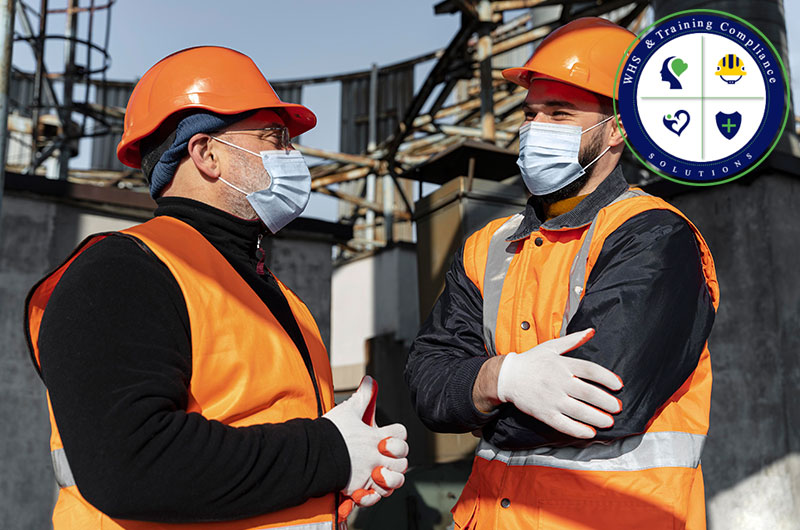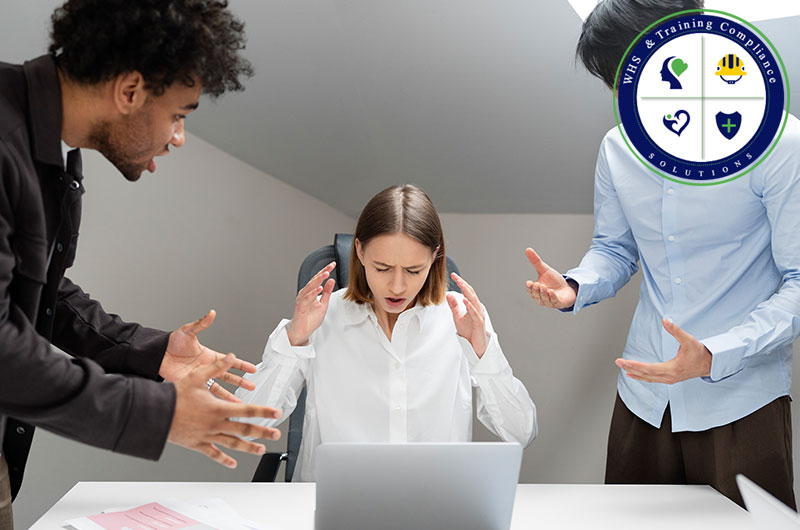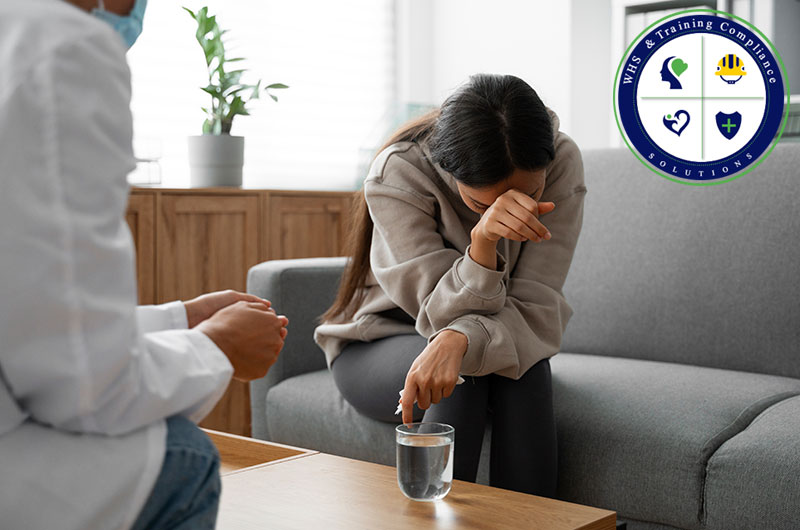Sexual harassment at work is hard to talk about. It’s confusing, uncomfortable and it can feel like you’re the one who’s done something wrong just for noticing it. But you haven’t. You’re not alone. And you’re not overreacting.
Whether or not your workplace has gone through sexual harassment prevention training in Australia, you still have rights. You’re allowed to speak up. You’re allowed to feel safe at work. This guide isn’t just theory but gives you real steps. If you’ve been hurt or humiliated by someone in your workplace, here’s how to respond with one clear move at a time.
Identify What Happened Without Doubting Yourself
You don’t need anyone else’s permission to trust your gut. If something felt wrong, it probably was. Sexual harassment doesn’t always look loud or violent. It’s often subtle and repeated.
- It might come off as jokes
- It might be a look that lingers too long
- A touch you didn’t ask for
- Words that sound like compliments but hit your body like warning bells.
- Maybe it’s a manager making comments about your clothes
- Maybe it’s a coworker who won’t stop texting after hours, even when you’ve said no
What matters most is how it made you feel. If you felt embarrassed, unsafe, or pressured, then it’s something worth paying attention to. You don’t have to wait until it becomes physical or until someone else confirms it was real. Many people never say anything because they’re worried about being called dramatic.
But sexual harassment prevention training in Australia teaches that impact matters more than intent. It’s not about whether they “meant it that way.” It’s about how it affected you.
Even one moment can cross the line. But most cases don’t happen just once. The first time, you freeze. The second time, you brush it off. By the third time, you start feeling like maybe you’re the problem. You’re not. You’ve just been taught to doubt yourself.
This is the first step no matter what happened. Call it what it is. If it made you feel unsafe, that’s enough. You’re not overreacting but noticing and that’s where change begins.
Document Everything Privately and Immediately
You don’t need to wait until something “big enough” happens. Start now and write it down.
Use a private place, like your phone notes, an email to yourself, a physical notebook, whatever feels safe. This isn’t for public sharing. It’s for you. Include the date and time. Write-
- What was said or done
- Who was there
- What you felt
Don’t worry about sounding professional or polished. This is a record, not a report.
Even if you’re not ready to take it further yet, documenting each moment helps you see a pattern. And that pattern is powerful. You don’t always realise how serious something is until you look back at it all together. Workplace bullying and harassment prevention starts with noticing.
And don’t assume you’ll remember the details later. Most people don’t. Your brain is trying to protect you from stress, so it erases things. Writing it down keeps it real. You’re not doing this out of paranoia. You’re doing it for protection.
Whether or not your company takes sexual harassment prevention training in Australia seriously, this step matters. If no one believes your words, they might believe your timeline. Stay calm and quiet if you need to. Just keep writing.
Talk to Someone You Trust Even If They Can’t Fix It
You don’t have to go through this on your own. Telling someone helps not because they’ll solve it for you, but because it takes the weight off your chest. It makes what happened feel more real and less like a bad dream you’re replaying in your head.
Pick someone who listens without judgment.
- Maybe it’s a colleague you’ve worked with for years
- Maybe it’s someone outside work like a friend, your partner, or a sibling
You’re not looking for advice or asking them to do anything. You just need someone to acknowledge you.
When you talk about it, use your own words. Say what happened and how it made you feel. If you get emotional, that’s fine. If you go blank halfway through, that’s fine too. You’re allowed to stumble, pause, because there’s no perfect way to speak about this.
And if they’ve seen the behaviour too, that helps. But even if they haven’t, having someone know what you’re going through gives you more ground to stand on. Some people only find the courage to report something after talking to someone first. It’s not about strategy. It’s about being seen.
This part is often skipped in workplace bullying and harassment prevention. But it matters. Being believed by one person can give you the strength to act or just breathe.
Find Out What Your Workplace Policy Actually Says
Don’t rely on guesses or hallway whispers. Look it up. Most companies have a written policy on sexual harassment. It’s usually in the employee handbook, HR portal, or onboarding documents. If you can’t find it, ask HR directly for a copy. You don’t need to explain why.
Read the policy closely. Find out who you’re supposed to report to and what kind of support the company says it offers. Sometimes it’s your direct manager. Sometimes it’s a specific person in HR. Some companies have a formal complaints officer. If you’ve already had workplace bullying and harassment prevention training, parts of this might feel familiar. If not, it may be confusing but don’t let that stop you.
Even if the policy sounds vague, try to follow it as best you can. That way, if it moves into a formal process later, you’ll be seen as someone who did things clearly and calmly. That matters more than you think.
If there’s no clear process, or the policy feels outdated, that tells you something too. It tells you how serious or not the company is about handling these issues. And that can help you decide what to do next.
Knowing what the process is doesn’t mean you have to act on it right away. But it puts the power back in your hands and stay informed.
Sexual harassment at work isn’t just wrong, it’s damaging. You don’t have to stay quiet. You don’t have to carry it alone. Whether or not your workplace takes sexual harassment prevention training in Australia seriously, you still have the right to feel safe. Trust your gut, speak your truth. Small steps count and your safety comes first every single time.

